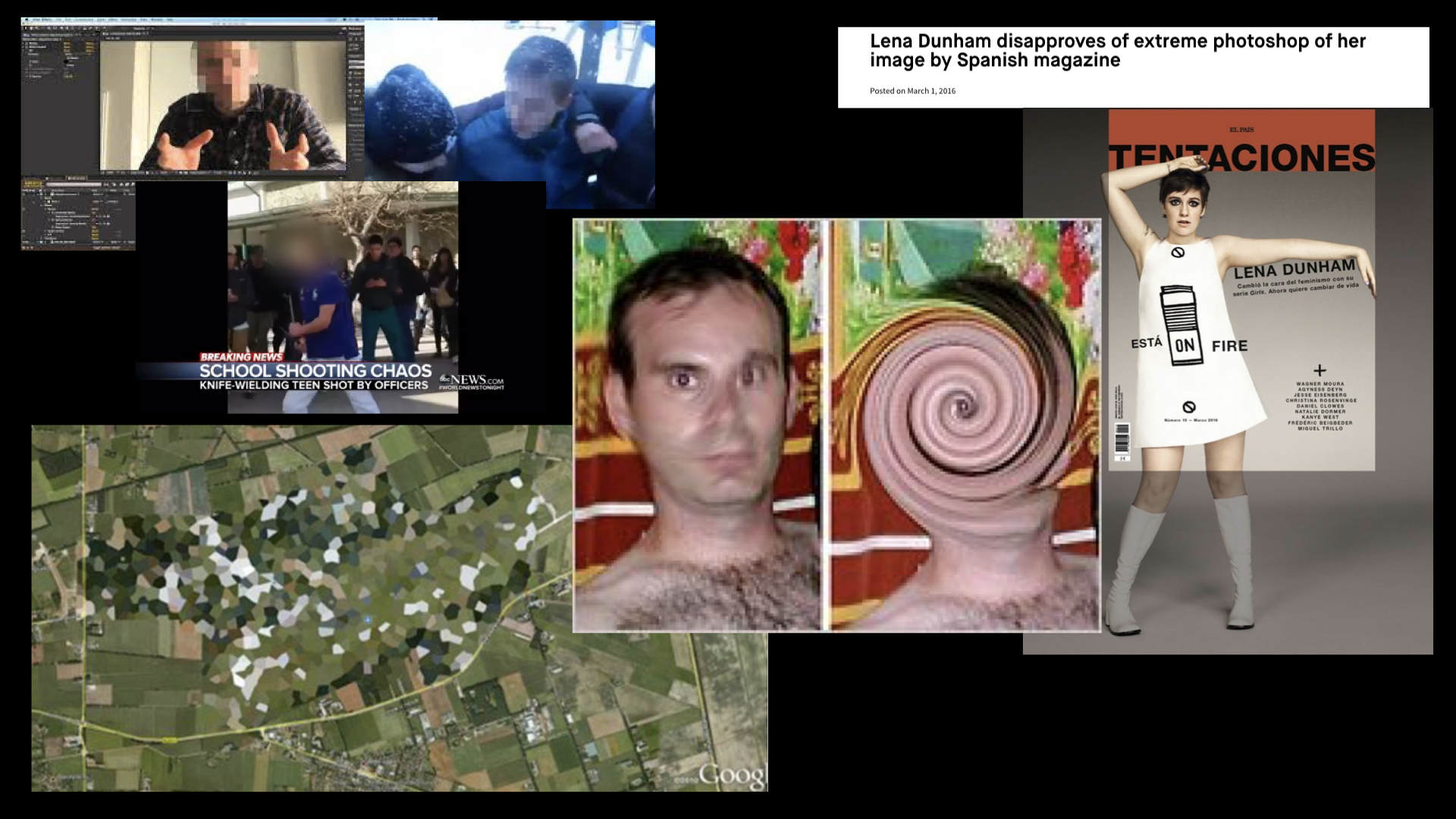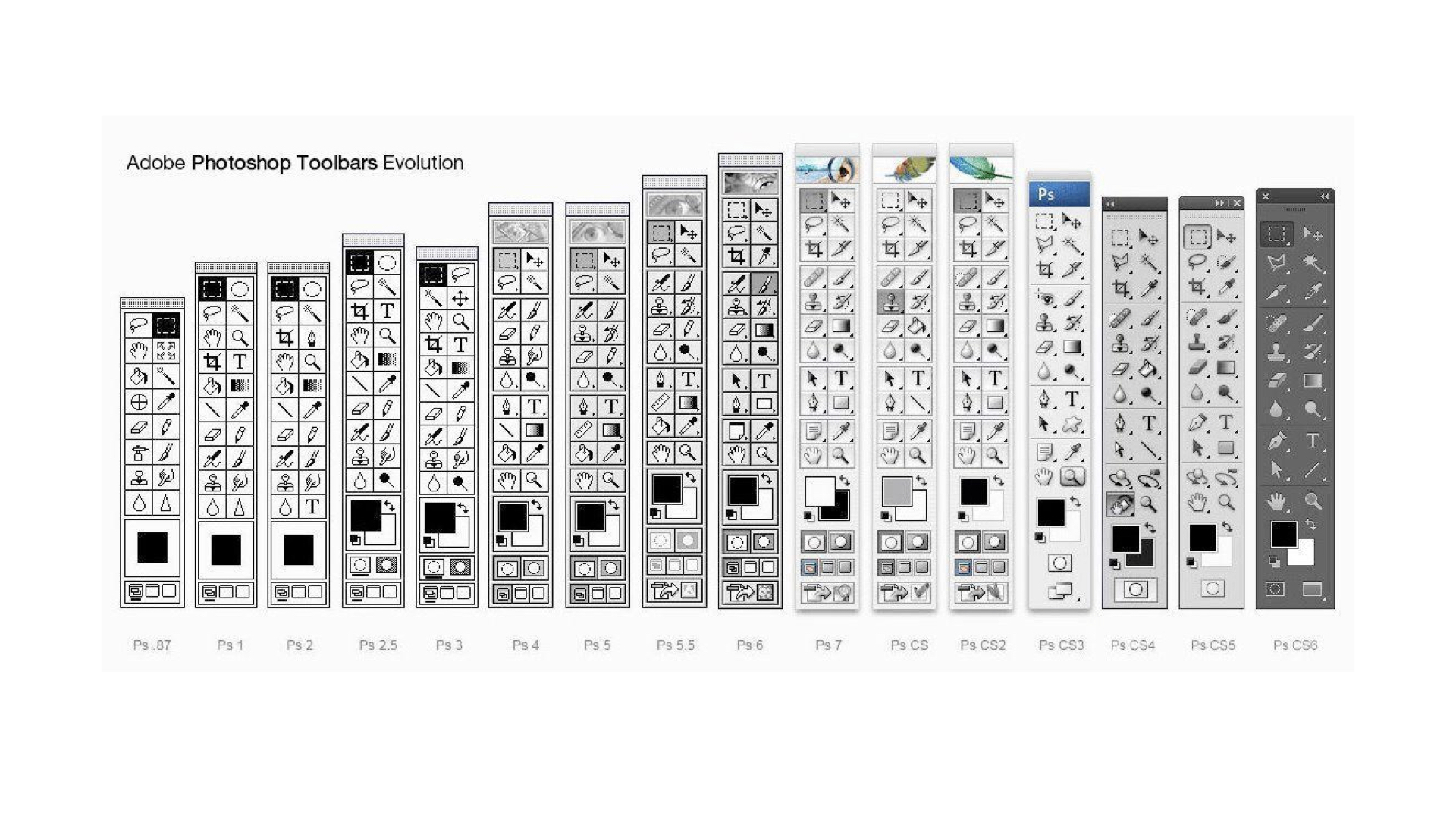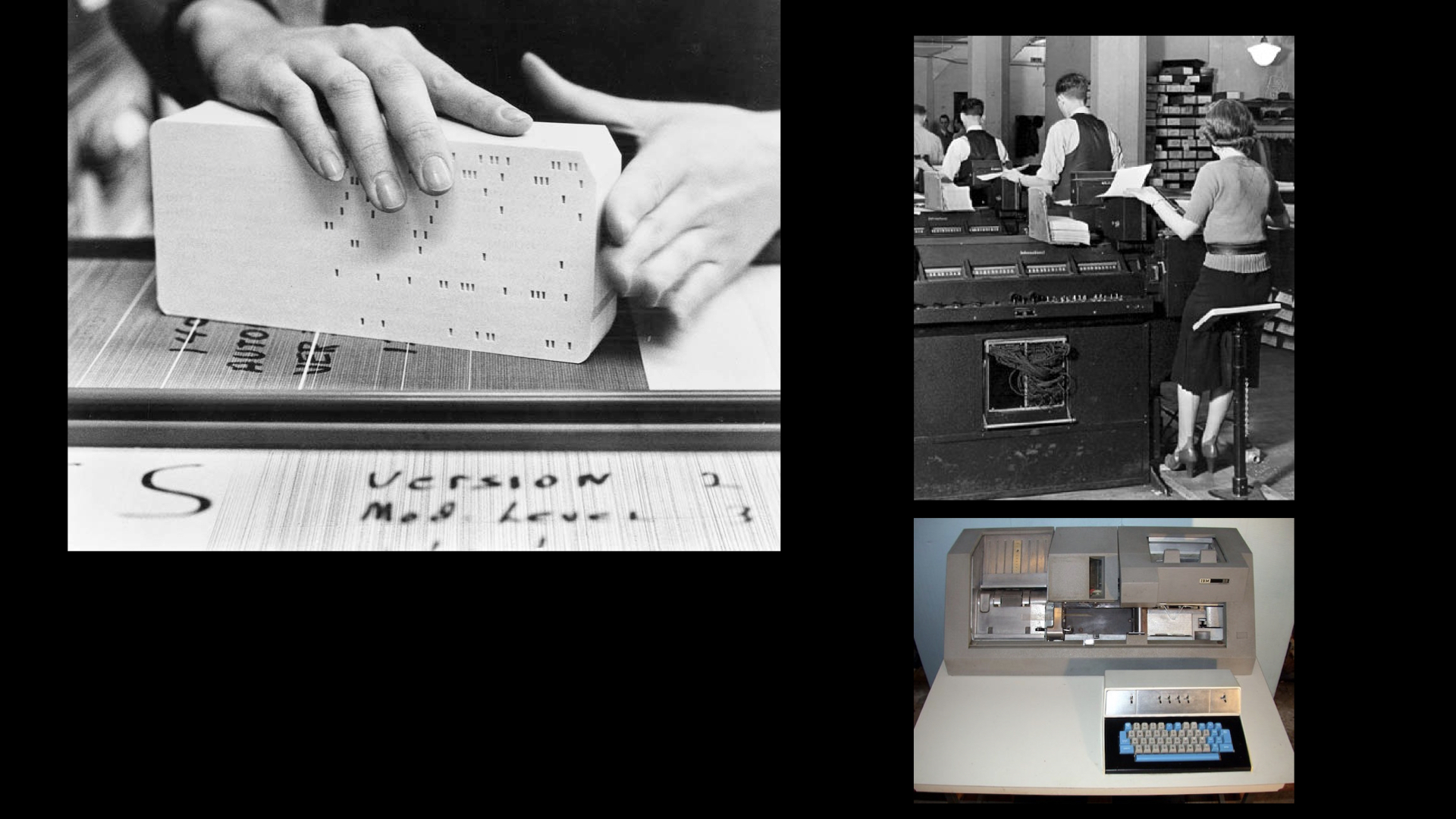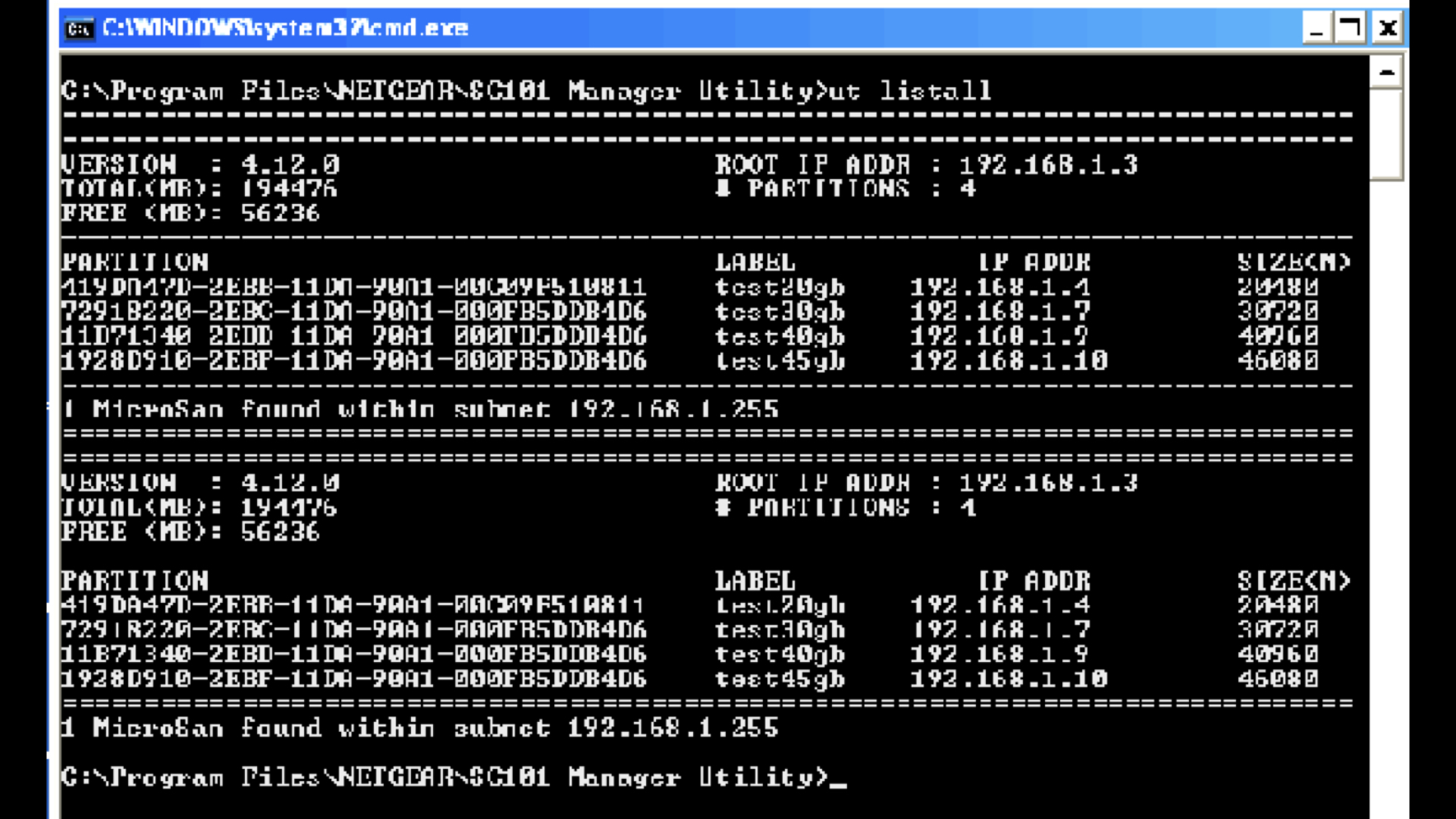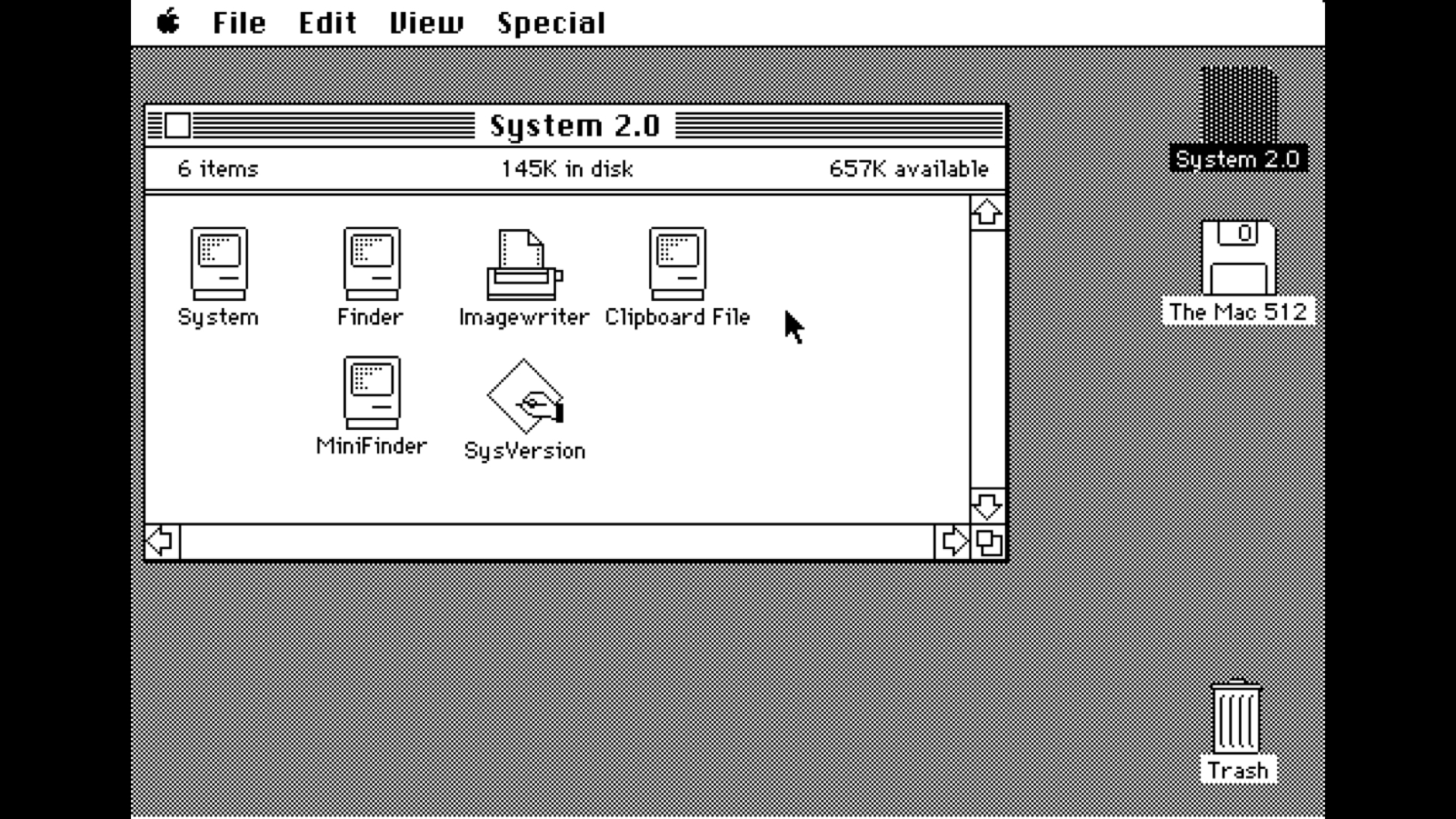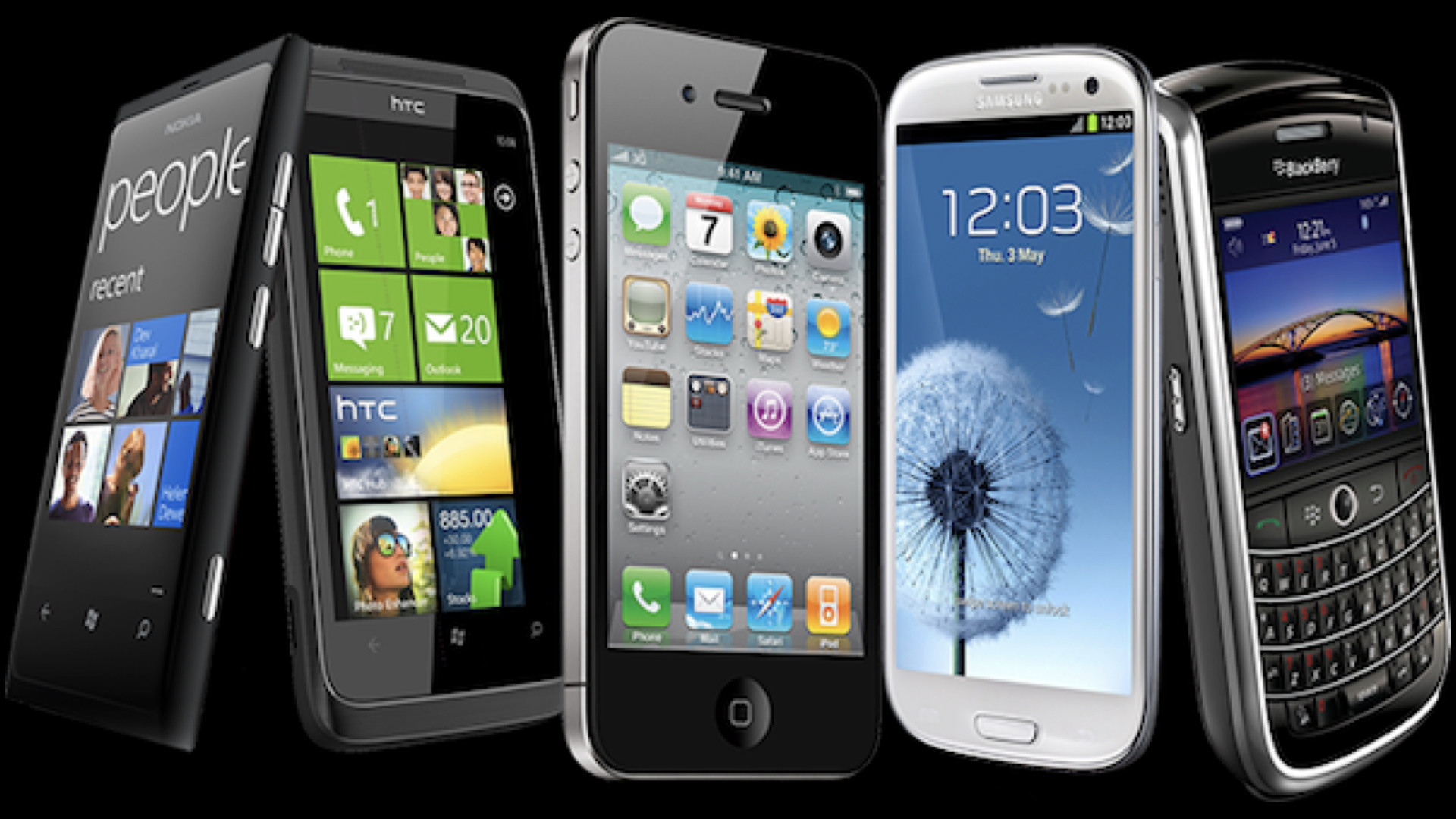Counter Interfaces: Difference between revisions
No edit summary |
|||
| Line 3: | Line 3: | ||
}} | }} | ||
==About the Workshop== | ==About the Workshop== | ||
Intuitively we scroll, swipe, use our voice and gestures to control our devices, – to activate, trigger, cause, provoke the computer to deploy, react, return and activate. The question we will investigate through making is: Who is exactly controlling who and how? | Intuitively we scroll, swipe, use our voice and gestures to control our devices, – to activate, trigger, cause, provoke the computer to deploy, react, return and activate. The question we will investigate through making is: Who is exactly controlling who and how? | ||
During this hands-on workshop we investigated ways to take apart and reassemble remote controllers and other battery powered toys in unintended ways. By saving redundant electronics from becoming e-waste we hacked our way into the mechanics of human computer interaction and user interfaces. At the same time we learned about electronics all the while critically reflecting on the notion of control. | During this hands-on workshop we investigated ways to take apart and reassemble remote controllers and other battery powered toys in unintended ways. By saving redundant electronics from becoming e-waste we hacked our way into the mechanics of human computer interaction and user interfaces. At the same time we learned about electronics all the while critically reflecting on the notion of control. | ||
==Milestones in interface history== | |||
[[File:retouching.jpeg | Retouching problems]] | |||
The starting point of the workshop was the claim that in order to understand media today we need to understand media software – its genealogy (where it comes from), its anatomy (interfaces and operations), and its practical and theoretical effects. | |||
So we proposed to look the those tools we are most familiar with. As a graphic designer and image maker this might be for instance Photoshop. What are Photoshops strategies of mediations? How does the Photoshop interface translated binary computational processes? What are the considerations of the interface's visual communication between us (the user and producer) and the machine? | |||
[[File:toolbars.jpeg| Tool bar timeline]] | |||
The workshop departed from an investigation of Graphic User Interfaces (GUI). Looking at the Photoshop toolbar one could for instance question their actual 'toolness' – their utilitarian transparency and translate its functionalities into an interaction with a material controller – something physical that could represent or challenge the way we interact with it in Photoshop. By translating seamless processes of interfacing into slow or clunky physical controlling one enters a mode of defamilarization breaking at habits that are embedded in our making practices | |||
Picture: Timeline of the Photoshop toolbar. From Lev Manovich "Software Takes Command" (2013) | |||
Adobe Photoshop is a raster graphics editor developed and published by Adobe Systems for macOS and Windows. | |||
Photoshop was developed in 1987 by the American brothers Thomas and John Knoll, who sold the distribution license to Adobe Systems Incorporated in 1988. | |||
Photoshop 1.0 was released on 19 February 1990 for Macintosh exclusively. Since then, it has become the de facto industry standard in raster graphics editing, such that the word "photoshop" has become a verb as in "to Photoshop an image," "photoshopping" and "photoshop contest". | |||
It can edit and compose raster images in multiple layers and supports masks, alpha compositing and several color models including RGB, CMYK, CIELAB, spot color and duotone. | |||
Photoshop's feature set can be expanded by Photoshop plug-ins, programs developed and distributed independently of Photoshop that can run inside it and offer new or enhanced feature | |||
In June 2013, with the introduction of Creative Cloud branding, Photoshop's licensing scheme was changed to that of software as a service rental model and the "CS" suffixes were replaced with „CC" | |||
Lev Manovich is a Russian born, US based media theorist. His research focuses on digital humanities, social computing, new media art and software studies. | |||
Manovich claims software is often overlooked by humanities. | |||
In his book Software Takes Command (2013) Manovich speaks about the software society, framing computers as cultural machines and contemporary techniques of control. | |||
[[File:batchcomputing.jpeg | Batch computing]] | [[File:batchcomputing.jpeg | Batch computing]] | ||
[[File:commandline.jpeg | Command Line]] | [[File:commandline.jpeg | Command Line]] | ||
[[File:GUI.jpeg | Graphic User Interface (GUI)]] | [[File:GUI.jpeg | Graphic User Interface (GUI)]] | ||
[[File:tvideoterminal.jpeg| Video terminal]] | [[File:tvideoterminal.jpeg| Video terminal]] | ||
[[File:mobiledevices.jpeg | Mobile devices]] | [[File:mobiledevices.jpeg | Mobile devices]] | ||
Revision as of 09:35, 30 November 2018
About the Workshop
Intuitively we scroll, swipe, use our voice and gestures to control our devices, – to activate, trigger, cause, provoke the computer to deploy, react, return and activate. The question we will investigate through making is: Who is exactly controlling who and how?
During this hands-on workshop we investigated ways to take apart and reassemble remote controllers and other battery powered toys in unintended ways. By saving redundant electronics from becoming e-waste we hacked our way into the mechanics of human computer interaction and user interfaces. At the same time we learned about electronics all the while critically reflecting on the notion of control.
Milestones in interface history
The starting point of the workshop was the claim that in order to understand media today we need to understand media software – its genealogy (where it comes from), its anatomy (interfaces and operations), and its practical and theoretical effects.
So we proposed to look the those tools we are most familiar with. As a graphic designer and image maker this might be for instance Photoshop. What are Photoshops strategies of mediations? How does the Photoshop interface translated binary computational processes? What are the considerations of the interface's visual communication between us (the user and producer) and the machine?
The workshop departed from an investigation of Graphic User Interfaces (GUI). Looking at the Photoshop toolbar one could for instance question their actual 'toolness' – their utilitarian transparency and translate its functionalities into an interaction with a material controller – something physical that could represent or challenge the way we interact with it in Photoshop. By translating seamless processes of interfacing into slow or clunky physical controlling one enters a mode of defamilarization breaking at habits that are embedded in our making practices
Picture: Timeline of the Photoshop toolbar. From Lev Manovich "Software Takes Command" (2013)
Adobe Photoshop is a raster graphics editor developed and published by Adobe Systems for macOS and Windows. Photoshop was developed in 1987 by the American brothers Thomas and John Knoll, who sold the distribution license to Adobe Systems Incorporated in 1988.
Photoshop 1.0 was released on 19 February 1990 for Macintosh exclusively. Since then, it has become the de facto industry standard in raster graphics editing, such that the word "photoshop" has become a verb as in "to Photoshop an image," "photoshopping" and "photoshop contest".
It can edit and compose raster images in multiple layers and supports masks, alpha compositing and several color models including RGB, CMYK, CIELAB, spot color and duotone.
Photoshop's feature set can be expanded by Photoshop plug-ins, programs developed and distributed independently of Photoshop that can run inside it and offer new or enhanced feature
In June 2013, with the introduction of Creative Cloud branding, Photoshop's licensing scheme was changed to that of software as a service rental model and the "CS" suffixes were replaced with „CC"
Lev Manovich is a Russian born, US based media theorist. His research focuses on digital humanities, social computing, new media art and software studies. Manovich claims software is often overlooked by humanities.
In his book Software Takes Command (2013) Manovich speaks about the software society, framing computers as cultural machines and contemporary techniques of control.
<eplite src="https://etherpad.hackersanddesigners.nl/p/" id="counterinterfaces" height="1000px" width="1000px" />
If the pad does not show up visit here: etherpad.hackersanddesigners.nl/p/counterinterfaces
